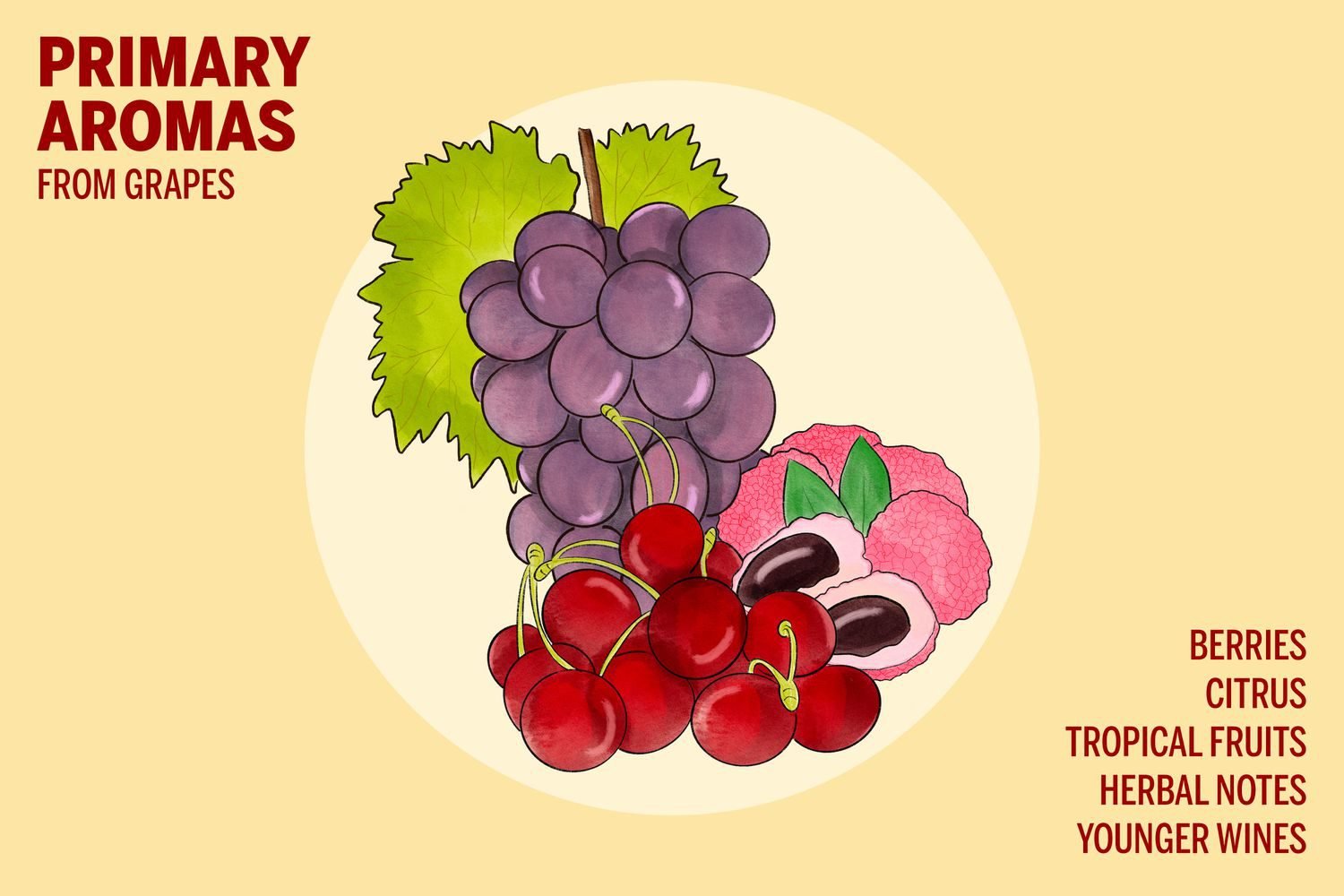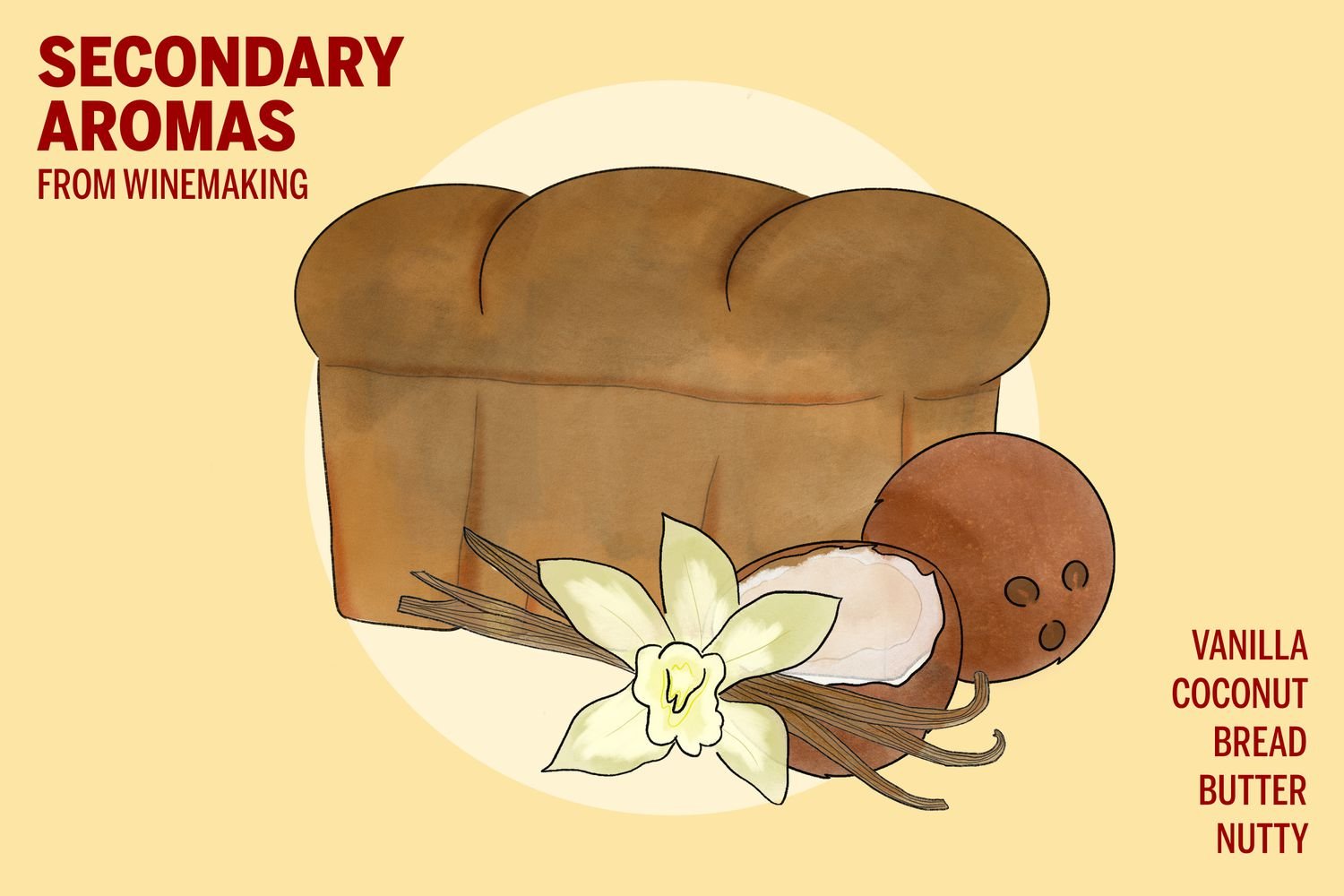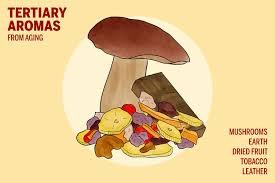A Guide to Describing Flavours, Structure, and Finish

Wine tasting is more than just sipping wine—it’s about understanding, analysing, and expressing the unique characteristics of each glass. Writing structured wine tasting notes is an essential skill for wine students, professionals, and enthusiasts alike.
This wine tasting notes guide will help you:
✔ Identify primary, secondary, and tertiary flavours
✔ Describe tannin, acidity, and body accurately
✔ Analyze and articulate the wine’s finish
By the end of this blog, you’ll be able to write detailed and insightful wine tasting notes, improving your wine appreciation and knowledge.
1. Identifying Wine Flavours: Primary, Secondary & Tertiary
Primary Flavours

These come directly from the grape variety and terroir. Young wines tend to have dominant primary flavours.
✔ White Wines: Lime, green apple, gooseberry (e.g., Sauvignon Blanc)
✔ Red Wines: Blackcurrant, blackberry, violet (e.g., Syrah)
Secondary Flavours

These develop during winemaking, particularly from fermentation and maturation.
✔ Yeast-derived notes: Bread, biscuit (common in sparkling wines)
✔ Malolactic fermentation: Butter, cream (often in Chardonnay)
✔ Oak ageing: Vanilla, toast, smoke
Tertiary Flavours

These emerge as a wine ages in the bottle or barrel.
✔ Aged Red Wines: Leather, tobacco, dried fruits (e.g., Bordeaux)
✔ Aged White Wines: Honey, almond, nutty aromas
Example Tasting Note:
“This wine opens with primary flavours of ripe black cherry and plum, followed by secondary notes of vanilla and toast from oak ageing. Over time, tertiary aromas of dried fig and leather emerge, adding depth to the finish.”
2. Describing Tannin, Acidity & Body
Tannin

Tannins are compounds from grape skins, seeds, and stems, giving red wines structure and a drying sensation.
✔ High Tannin Wines: Cabernet Sauvignon, Nebbiolo (firm, gripping tannins)
✔ Low Tannin Wines: Pinot Noir, Gamay (soft, delicate tannins)
How to Describe Tannins:
✔ “Silky and well-integrated”
✔ “Firm and structured”
✔ “Drying and grippy”
Acidity

Acidity balances a wine’s flavours and freshness.
✔ High Acidity Wines: Sauvignon Blanc, Riesling (crisp, refreshing)
✔ Low Acidity Wines: Chardonnay, Viognier (round, mellow)
How to Describe Acidity:
✔ “Bracing acidity, zesty and sharp”
✔ “Soft and mellow, balanced with fruit flavours”

Body refers to the weight and mouthfeel of wine.
✔ Full-Bodied Wines: California Zinfandel, Napa Valley Cabernet Sauvignon
✔ Light-Bodied Wines: Loire Valley Muscadet, Pinot Noir
How to Describe Body:
✔ “Light-bodied and delicate, refreshing on the palate”
✔ “Rich, full-bodied with a velvety texture”
3. Analyzing the Finish

The finish is how long the wine’s flavours and sensations linger on the palate.
✔ Short Finish: The wine’s flavours fade quickly
✔ Long Finish: The wine leaves lingering fruit, spice, or oak notes
Example:
“The wine finishes with a long, lingering note of dark cherry and a hint of smoky oak.”
4. What Not to Say vs. Effective Descriptions
Avoid Vague Language:
“This wine is red and tastes fruity.”
Use Specific Descriptions:
✔ “This Rioja displays ripe cherry and raspberry aromas, with vanilla from oak ageing. The palate is medium-bodied, with firm but well-integrated tannins and refreshing acidity.”
Take Your Skills to the Next Level
If you’re ready to deepen your understanding of wine and improve your tasting skills, Join our
WSET Level 1 Award in Wines and master the art of wine tasting! Gain confidence, enhance your palate, and start writing expert-level tasting notes today. Enroll now and begin your journey!

